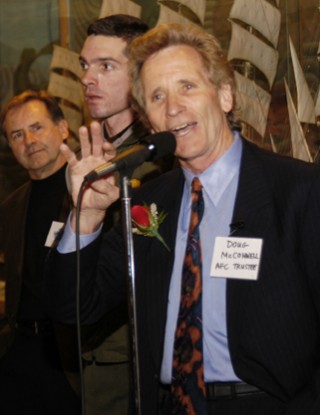ACF Board member and supporter, Alaska champion
North to Alaska

I first came to Alaska in 1973 after spending several years as the Assistant to the Director of The Institute of Ecology in Madison, Wisconsin. I moved to Ketchikan to help organize the Ketchikan Gateway Borough Planning Department and continued to live in Alaska until 1982. From the onset, I had a passion for the state. Alaska is a unique place that is extremely powerful and equally vulnerable. I’ll never forget the first time I flew from Seattle up to Fairbanks on a sunny clear sky summer day. To watch the majesty of Alaska roll along for hours outside the window of that plane, unbroken, largely untamed, spectacularly beautiful, wild, and impressive for all those hours was just…I was sort of in ecological shock that something this big, this powerful, this wild and this natural was still with us!
ACF: Getting Involved
But impressive though it is, Alaska is one of the places that is hit hardest by the impacts of climate change. It is also rich in resources, making it vulnerable to powerful interests that can cause harm without proper management. We have in Alaska what is, for the most part, lost in the rest of the country – healthy systems of wildlife in immense magnitudes: bears, moose, salmon runs, caribou migrations. We have to learn to live in balance with these last great natural environments – to integrate into them in such a way that we and they can survive for a long time to come, and to plan for and protect against the changes that we are facing. We must also allow for the cultures that have been there for thousands of years to be able to maintain their cultural practices in ways that have long been appropriate to the environment.

Because I was working on a lot of environmental issues and doing communications work in the early 80’s, I was here at ACF’s inception and followed its growth. During my years in Alaska I helped design and organize the Alaska Public Forum for the Governor’s office, did many projects and worked for Alaska Public Television, the Alaska Humanities Forum, The University of Alaska, the Capitol Site Selection Committee and other groups. Between 1979 and ’82 I wrote, produced and hosted radio and television programs for the University of Alaska’s Arctic Environmental Information Data Center, Alaska Public Television, the Alaska Humanities Forum and others. This was at the time of the great land debates and battles, much of which I covered and through which I saw ACF emerge. I was incredibly impressed by its mission, organization and work. I’ve liked the roles that ACF has played over the years, especially being at that intersection – sort of the Grand Central Station – for conservation in Alaska, supporting grassroots and community organizations throughout the state as well as taking on bigger issues like in the Arctic and Tongass. ACF fills a very important niche, strengthening community capacity within the environmental movement while supporting those larger issues.
When I was asked to join the board about ten years ago, it seemed like a great opportunity to help support this organization for which I had such admiration. ACF has been critical in Alaska’s conservation efforts, and I’ve been very pleased to play a small and supportive role. I’ve loved the formal reconnection to a place I care about so deeply, and I’ve been honored to help protect it and as Alaska seeks to create a sustainable future for nature and us humans. I’ve enjoyed also helping build bridges between people in northern California who also care for Alaska and good work of ACF.
A Special Place
While I have countless profound and special memories from Alaska, I am especially attached to the old pioneer schoolhouse in Anchorage, where I met my wife, Cathy in 1979. Like it has to many others, Alaska has taken hold of me, and I have re-visited the state countless times since I left in 1982.
One of the things I love most about Alaska is that I’m always acutely aware of where I am. It’s a place that you can’t take for granted. It demands your attention and your respect from the moment you wake up in the morning until you go to bed at night. It’s humbling to be in a place where you are aware that you’re not always at the top of the food chain. It can be a challenging place but it keeps me on my toes, and acutely aware of everything. It says “look at me and remember this,” no matter where you are.


